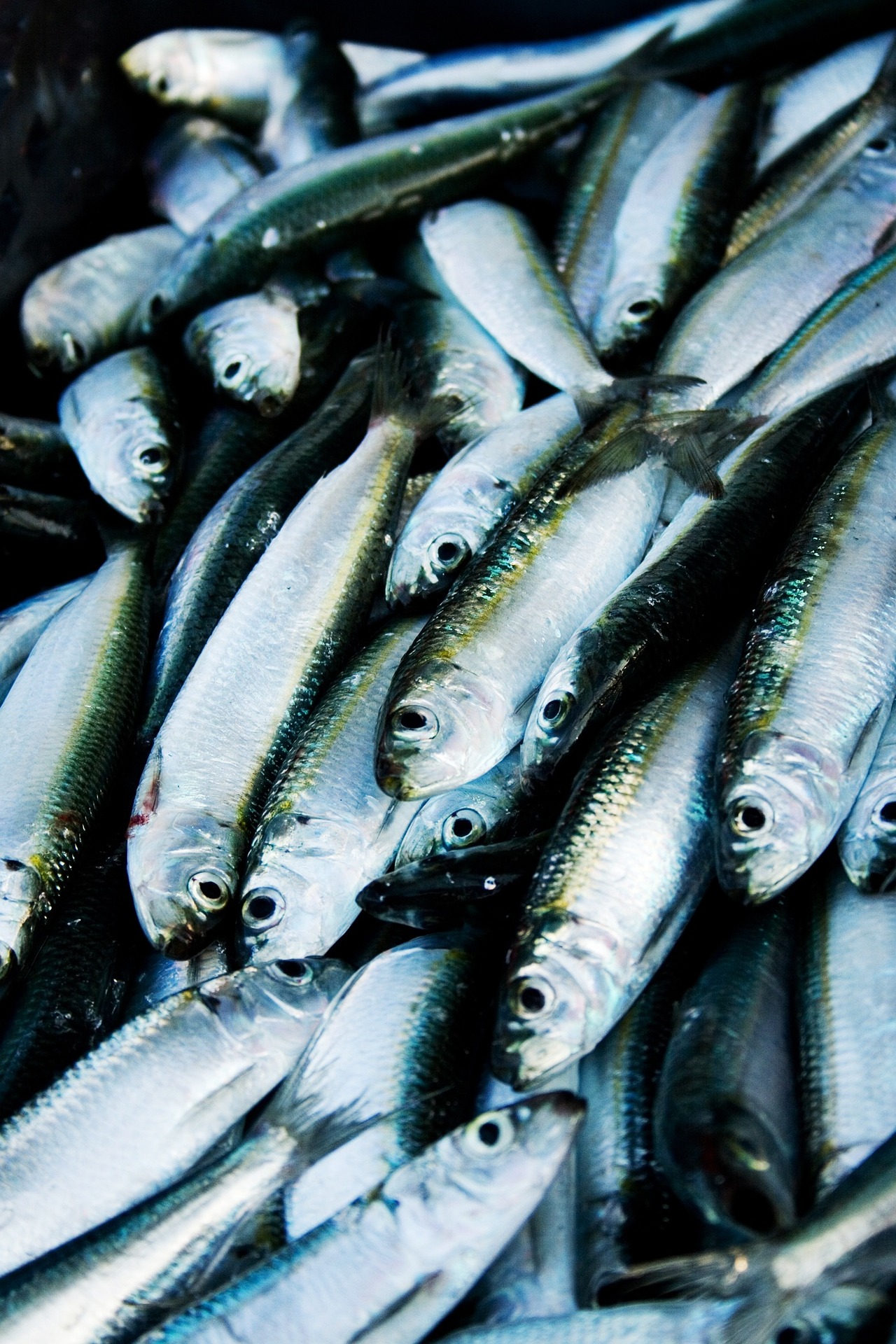Strong herring catches and low prices

The report analyses the market situation during the first quarter 2017
The herring fishery in the North Sea was off to a good start, but the fish was small and had a low fat content. Consequently, prices are low.
Norwegian marine researchers have not been able to find a new "super-year-class" of herring, such as the 2013 year-class, which was very good, although not as good as the record 2004 class or the 2009 class. They are now pinning their hopes on the 2013 class, and believe that it may be stronger than earlier indications, since a large of quantity of herring has been coming from the Barents Sea (Fiskeribladet).
The North Sea herring stock seems to be in good shape. ICES has consequently recommended an increase in the 2018 TAC to 491 000 tonnes. However, while ICES recommended a TAC of 426 000 tonnes for 2017, the final quota was set higher, at 481 608 tonnes. If this year's recommendation by ICES is followed, the quota would thus increase by about 10 000 tonnes (Fiskeribladet).
The North Sea herring fishery seemed to start well, but it is reported that the herring is small and the fat content is low. Consequently, prices have been very low.
Norwegian herring fishers are reporting that catches have been of disappointing quality so far. The herring is small, and the fat content, low. Consequently, prices are also low, as much has 50 percent down from 2016 prices. However, they are expecting that the herring further north will be of better quality, both in terms of size and fat content (Fiskeribladet).
Catches of matjes herring further south have been good, but prices depressed. Norwegian vessels have reported prices around NOK5.60 per kg for matjes herring, which should have been much higher, about NOK8.00 to 10.0 per kg.
The herring market will be marked by low prices for the rest of this year, according to a recent report by Noredea Bank. Last year, herring prices were record high, but this year they have dropped markedly, for several reasons. First, there has been a volume increase, which naturally pushes prices down. Also, the amount of herring landed so far this year has been small and with a low fat content. Furthermore, a very important market for herring, the Russian Federation, is closed to the major herring suppliers (Norway, Iceland, the EU). And what's more, Nigeria is suffering from low crude oil prices and has consequently imposed strict import quotas to save hard currency. Nevertheless, according to Nordea, the longer-term prospects are positive (Nordea Bank).
Trade
Herring imports into Eastern Europe have also declined. At the same time, prices for herring have increased substantially. Average prices of salted herring to the Russian Federation increased by 72.3 percent from 2013 to 2016. During this period, total Russian herring imports declined from 165 500 tonnes in 2013 to 50 500 tonnes in 2016. Several factors caused this, including the Russian embargo on imports from a number of Western countries. Russian domestic landings of herring increased slightly, and the Russian Federation has exported less herring to other countries in order to meet domestic demand with domestic products (North Atlantic Seafood Forum).
With Nigeria being a bit erratic as a market for pelagics, Norway is casting its eyes on other markets in Africa. The Norwegian Seafood Council is sending a fact-finding delegation to West African countries obtain an appraisal of whether countries like Ghana and Côte d'Ivoire could be developed into alternative markets for Norwegian pelagic fish. Côte d'Ivoire, for example, has a total fish consumption of some 460 000 tonnes annually, but Norway exported only 573 tonnes of seafood to the country in 2016. If the results of the fact-finding mission are positive, Norway may target some of these countries in the years to come (Norwegian Seafood Council).
Japanese imports of fresh and frozen herring only amounted to 4 200 tonnes during the first three months of the year. But the figures show an upward trend during the last three years. The major supplier by far is the Russian Federation, which during this period accounted for 3 100 tonnes, or 74 percent of Japan's total imports of fresh and frozen herring.
Dutch exports of frozen herring declined from 2013 until 2015, but are now showing signs of strength again. During the first quarter of 2017, Dutch exports rose from 33 700 tonnes to 56 500 tonnes (+67.6 percent). The most important markets were Nigeria (41 percent of the total) and Egypt (36.5 percent of the total).

